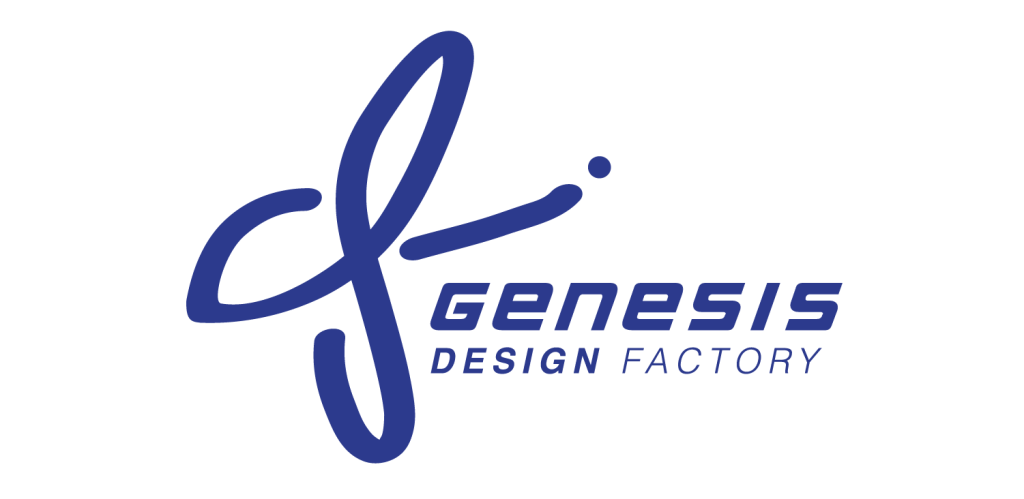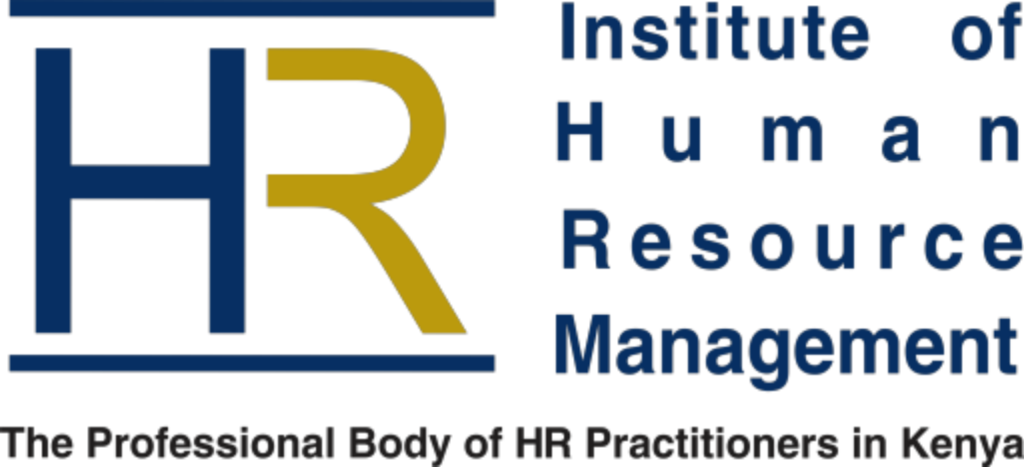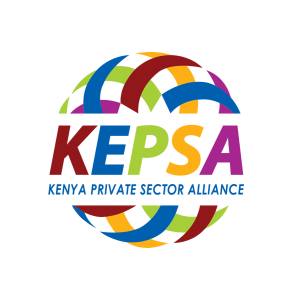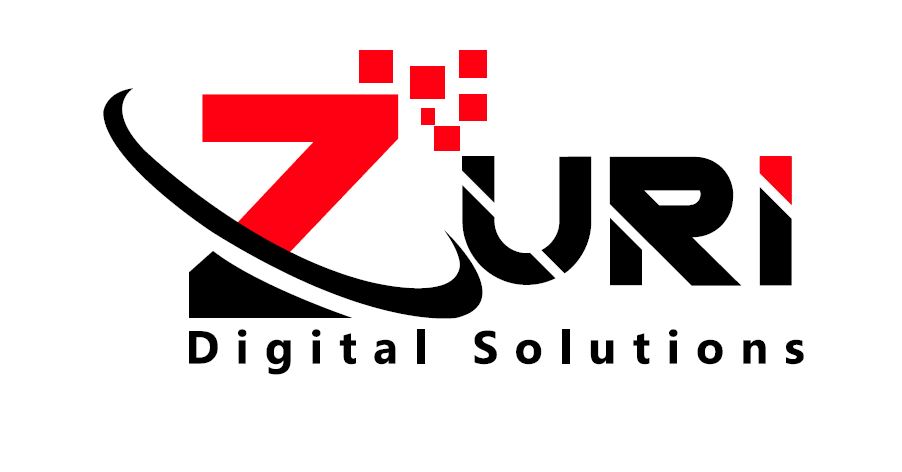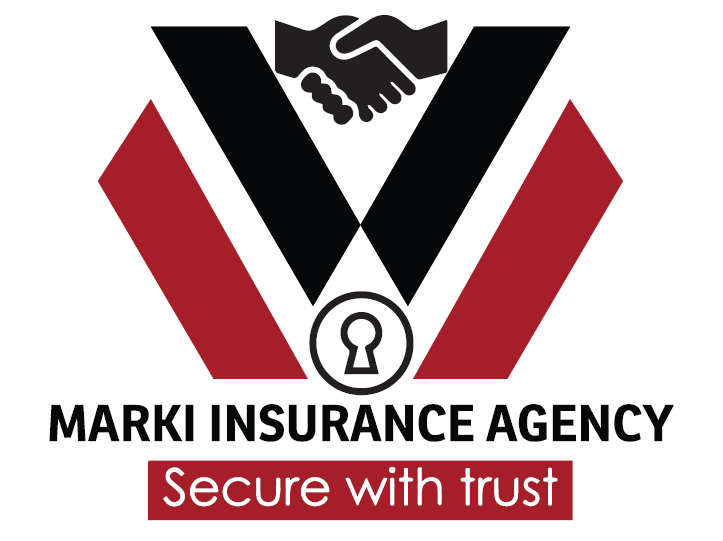Performance Reviews and Feedback: A Guide to Employee Development
Individual and collective growth is a significant pillar of success within organizations. One of the ways employers and employees can measure growth and success is through performance reviews and feedback.
Performance reviews and feedback are critical checkpoints in an employee’s journey. They evaluate past performance and serve as a compass guiding their future trajectory.
However, reviews and feedback are not just about assessing achievements. They are multifaceted tools for fostering growth, encouraging skill enhancement, and steering individuals toward their full potential.
So, how can employees use these tools to develop employees and eventually stimulate company growth? The information below explores performance reviews and feedback, providing insights and strategies that cultivate a culture of continual improvement within the workplace.
What are Performance Reviews?
Performance reviews are formal assessments of an employee’s work performance by a manager, supervisor, superior, or employer.
The goal of performance evaluations is to find the strengths and weaknesses of the employee based on their performance. In addition, performance reviews help highlight the employees’ contributions, identifying areas for improvement and opportunities for greater success.
Over the years, the focus on performance reviews has had to change because more companies are realizing that employment is dynamic and comprehensive. Initially, the focus of these reviews was to assess the past performance of an employee.
But more companies are focusing on improvement, learning, and development, too. In addition, feedback no longer comes from one source, i.e., the manager. Instead, companies are adding peer reviews to provide feedback to employees.
It is also worth noting that some companies are making performance appraisals more frequent. Before, most companies would only hold performance reviews when they felt that an employee was failing to meet their responsibilities effectively.
It, unfortunately, triggered a negative view of these evaluations. So, managers are making them more frequent to highlight achievements and successes, not just challenges. When used correctly, performance reviews and feedback can contribute to employee development. The first step is ensuring effectiveness using the right approach, as outlined below.
The Elements of Effective Performance Reviews
Set clear objectives and expectations.
Managers should define specific goals, metrics, and expectations that align with the employee’s role and the company’s objectives. Taking a one-size-fits-all approach may negatively impact some employees as it would push them over their limits.
In addition, it would fail to challenge other employees. Managers need to engage employees in the goal-setting process to ensure alignment and ownership.
Constructive feedback delivery techniques
Those in charge of the reviews should always offer a balanced perspective, highlighting strengths while constructively addressing areas for improvement. Focusing solely on the negative could affect the employee’s zest and morale for work.
Implementing regular check-ins and not just annual reviews helps to provide ongoing guidance and support. In addition, it builds a positive reputation for performance reviews. Employees will no longer walk in defensive and worry about job security.
Active listening and empathy in the review process
While challenging, managers need to foster an environment of trust and openness where workers feel comfortable expressing their concerns and ideas. Transparency is one of the ways to open the door and encourage honesty. Managers should be honest and open about the goals of the evaluation and how it ties to the employee’s growth in the company.
In addition, managers should practice empathy. Understanding perspectives and challenges and showing genuine interest and concern for an employee’s development can help employees feel comfortable and heard.
Strategies for handling difficult conversations during reviews
Performance evaluators should prepare for difficult conversations. Managers must anticipate and prepare for challenging discussions, ensuring they approach with sensitivity and professionalism.
Focusing on solutions rather than dwelling solely on problems is a great way to approach the challenging conversation. In addition, managers should offer support and resources to aid improvement.
Implementing a Successful Review Process
Developing an effective review process requires a strategic approach that considers various elements to ensure its success.
Designing a Structured Review System
Managers must develop clear and measurable evaluation criteria that align with individual roles and organizational objectives.
In addition, it helps to create standardized evaluation forms or templates that capture essential performance indicators consistently across the organization. These indicators should be inclusive and tailored to the job role or department.
Incorporating multi-level assessments such as self-evaluations, peer reviews, and manager assessments can offer a comprehensive perspective.
Frequency and Timing of Reviews
Employers should consider introducing regular, informal check-ins in addition to annual or semi-annual reviews. It allows for ongoing feedback and prevents surprises during formal evaluations.
All reviews should be done at conducive times for a productive conversation. Therefore, managers should avoid stressful or high-demand periods. In addition, they should try to keep them too close to paydays as it could affect the constructive process.
Training and Support for Managers Conducting Reviews
Employers will benefit from offering training to managers on effective feedback techniques, active listening, and conflict resolution. The right training empowers managers to conduct reviews confidently and constructively.
In addition, employers should provide managers with resources, such as guidelines, sample questions, and support from HR, to ensure consistency and fairness in evaluations. It is also worth noting that bias training is necessary to help with fair evaluations.
Involving Employees in the Review Process
Self-assessment can be a great tool for encouraging employee development. In addition, it ensures that feedback is not coming from just one channel. Managers should encourage employees to perform self-assessments. It will help promote self-reflection, self-awareness, and an understanding of their own development areas.
Performance reviews should be a two-way conversation. Evaluators should allow employees to express their career goals, concerns, and aspirations. It will help foster a sense of ownership and engagement in their growth.
Continuous Improvement and Adaptability
Finally, employers should establish a feedback loop after each review cycle to understand what worked well and what needs improvement. It ensures that every review is constructive and goes toward helping the employee grow.
Remaining flexible and open to changes based on the evolving needs of the workforce and the organization’s strategic goals helps managers stay on top of performance reviews in the long run.
Empowering Growth through Effective Performance Reviews and Feedback
In essence, a successful performance review system not only aims to evaluate but also to support and guide employees toward their full potential.
By adopting a holistic approach that integrates employee participation, structured evaluations, and ongoing feedback, organizations can pave the way for individual growth that eventually fuels collective success.
Learn more about performance reviews and employee growth on your blog here.






